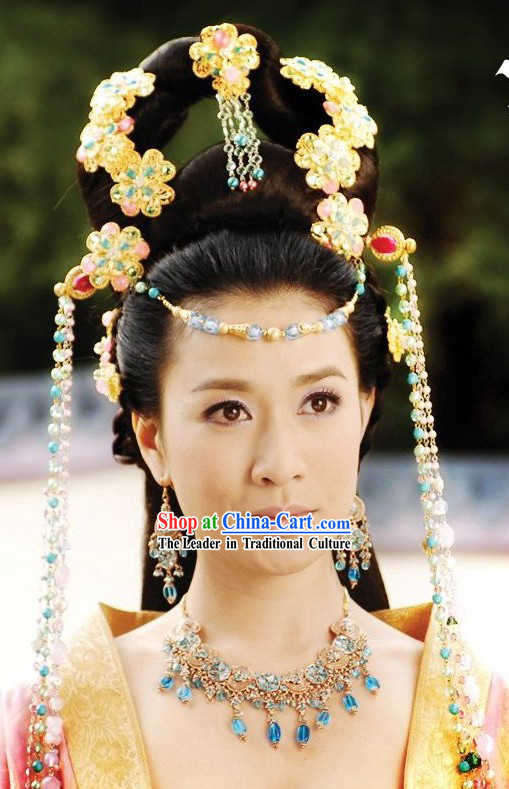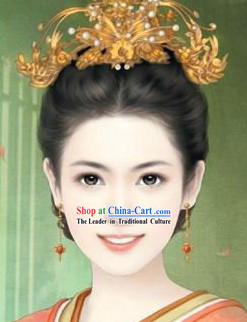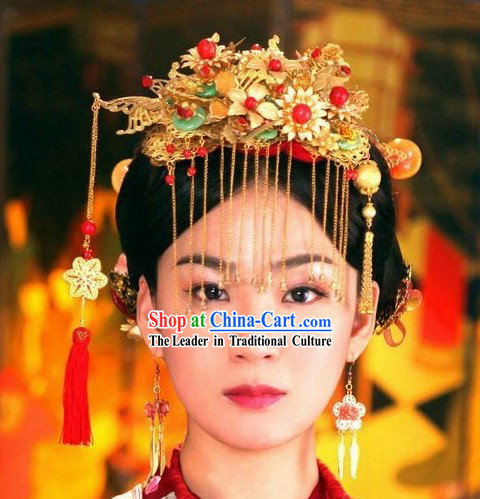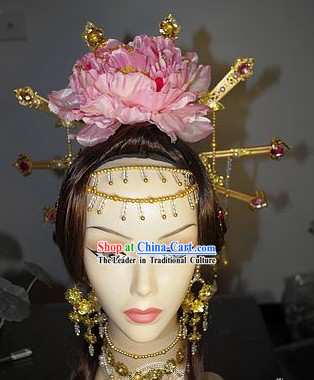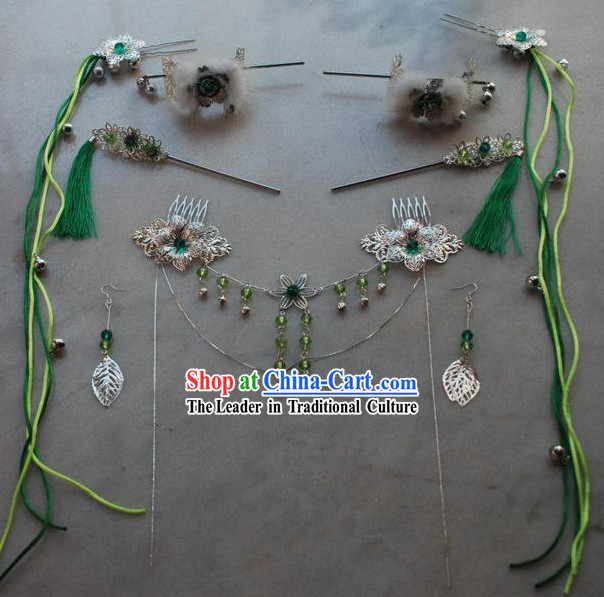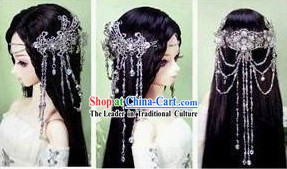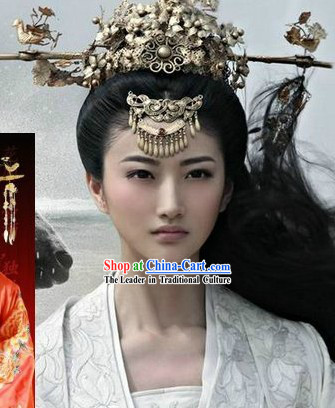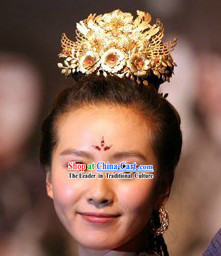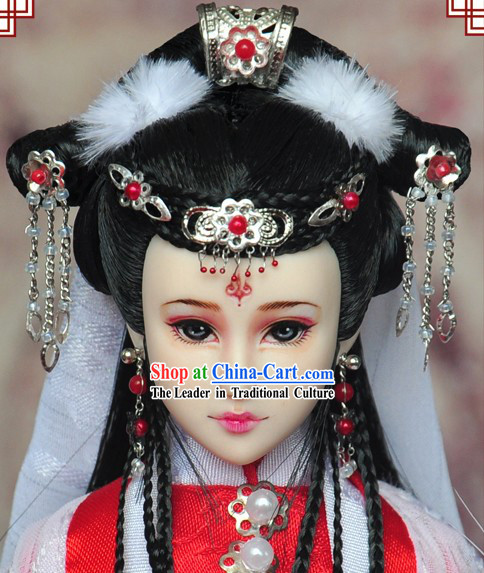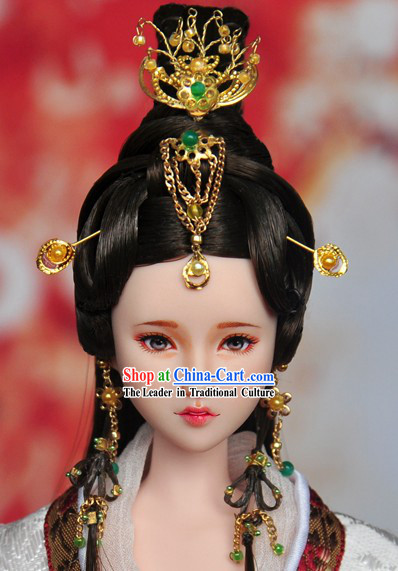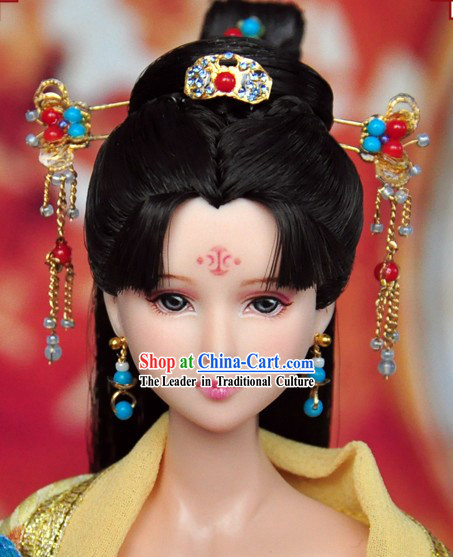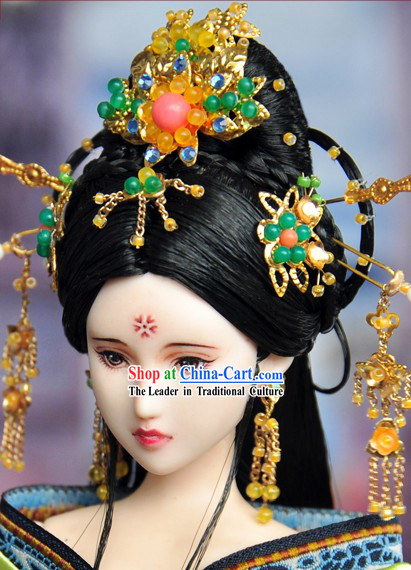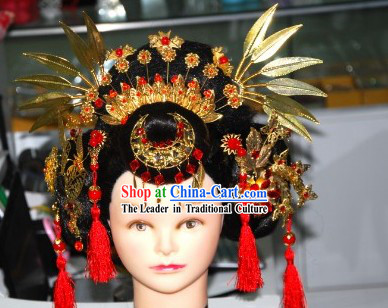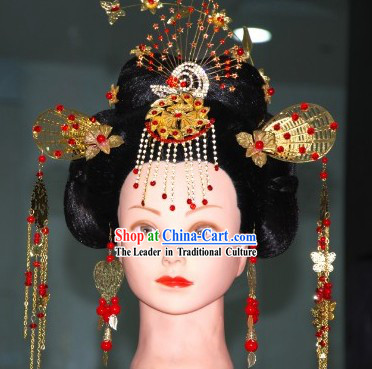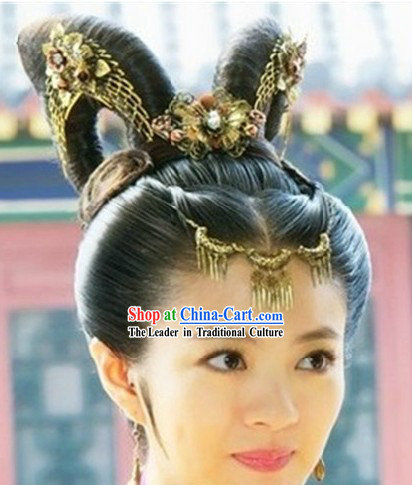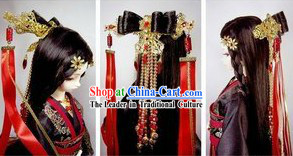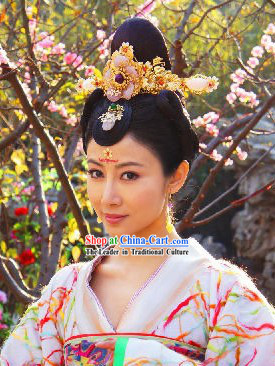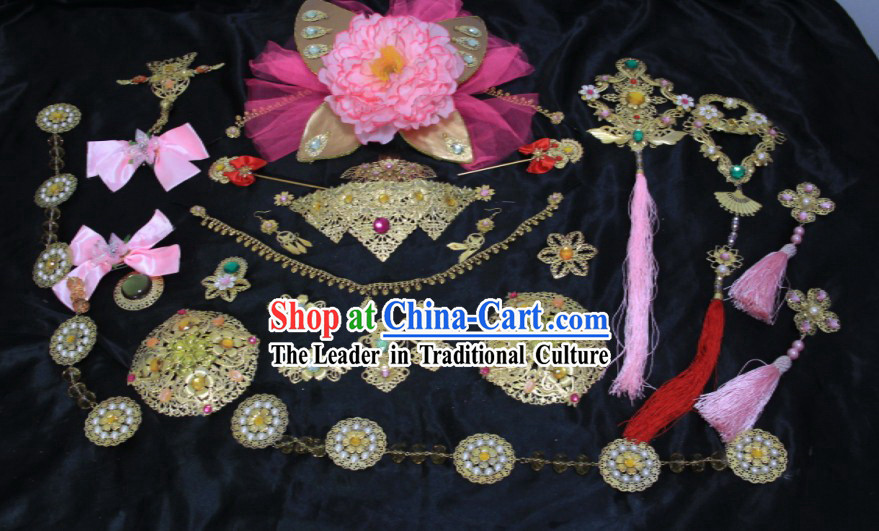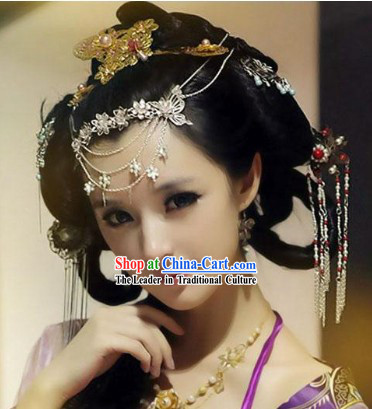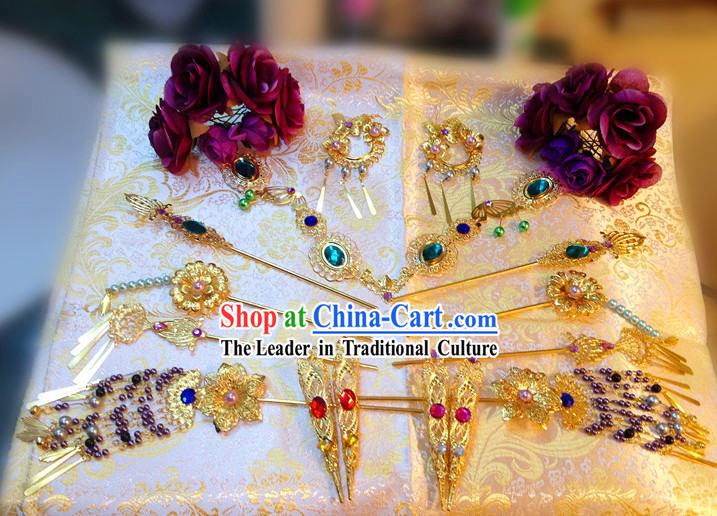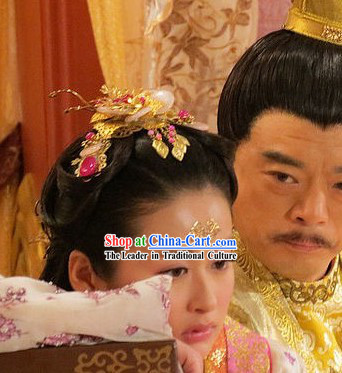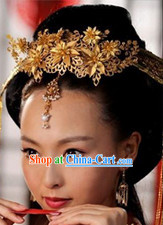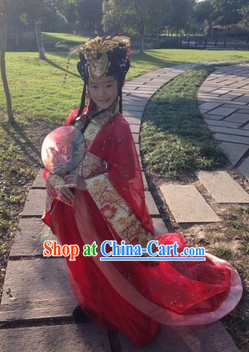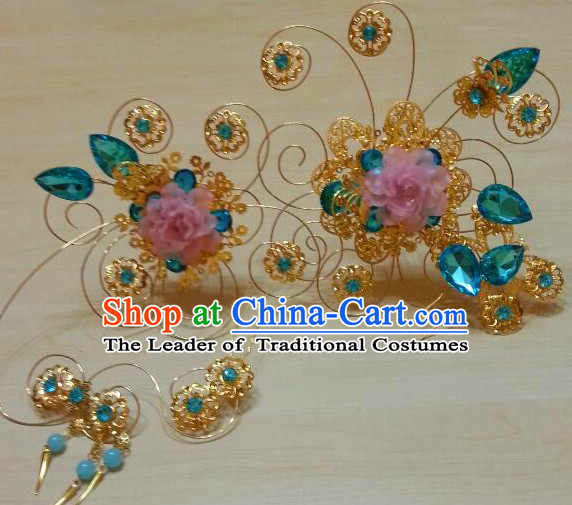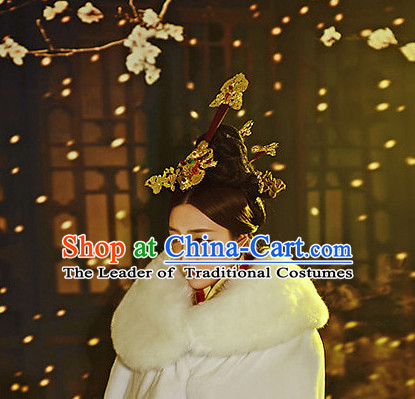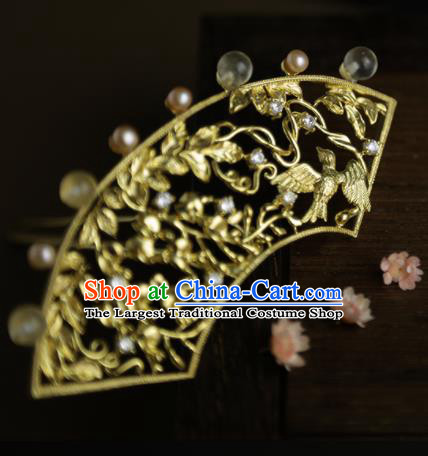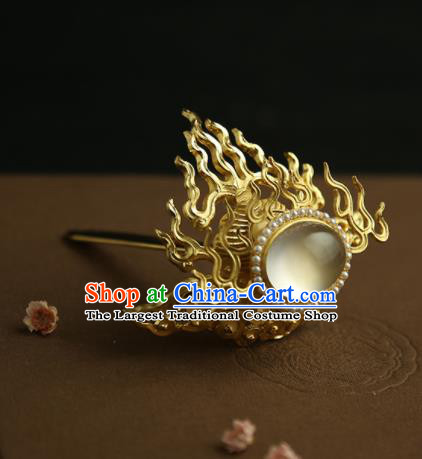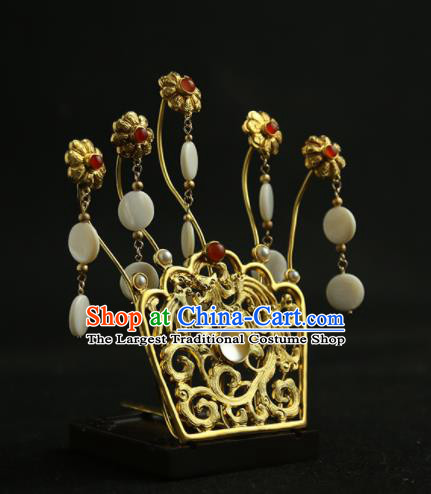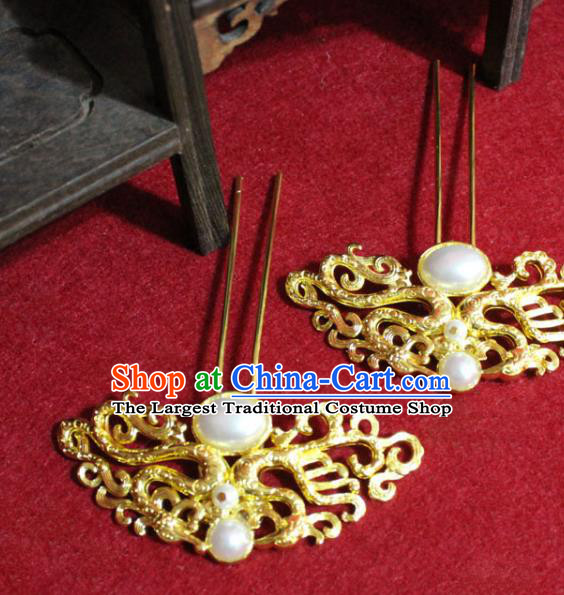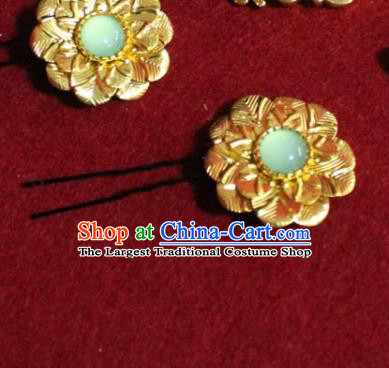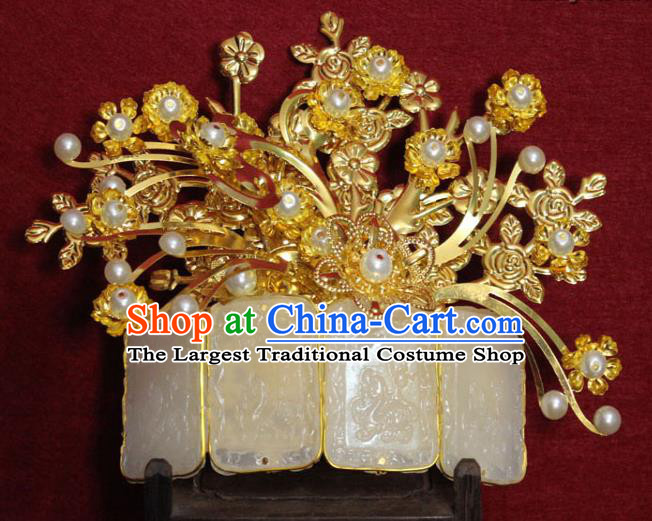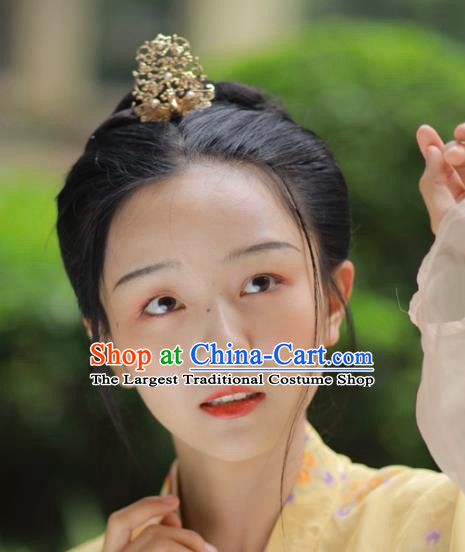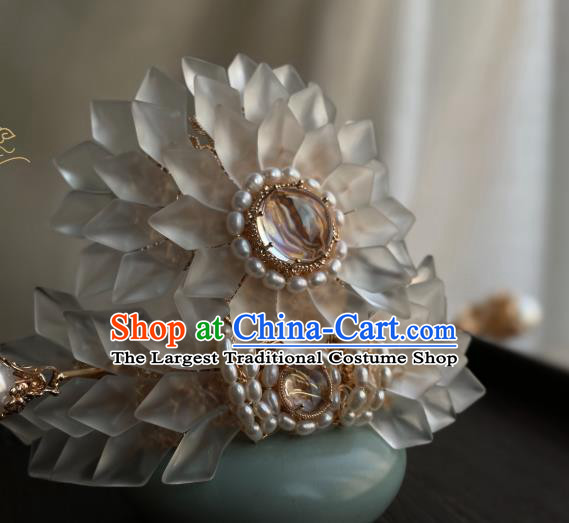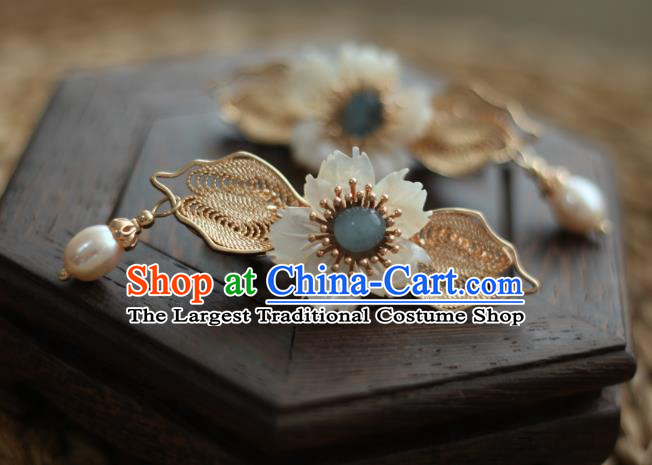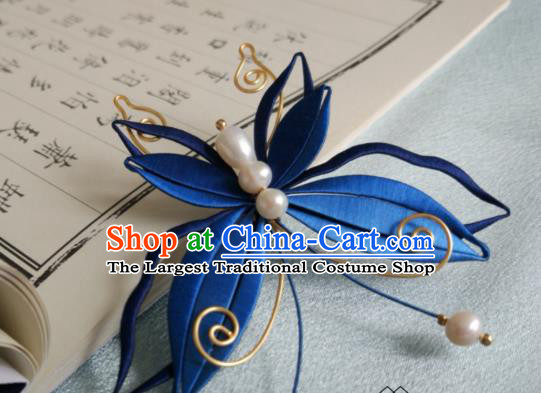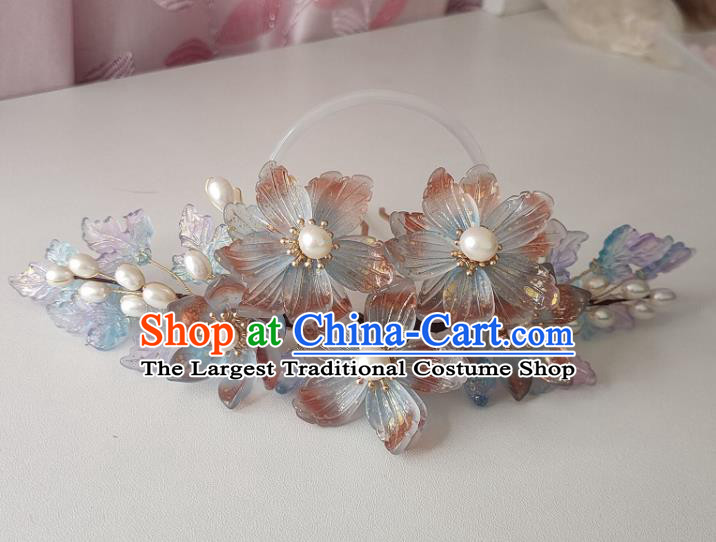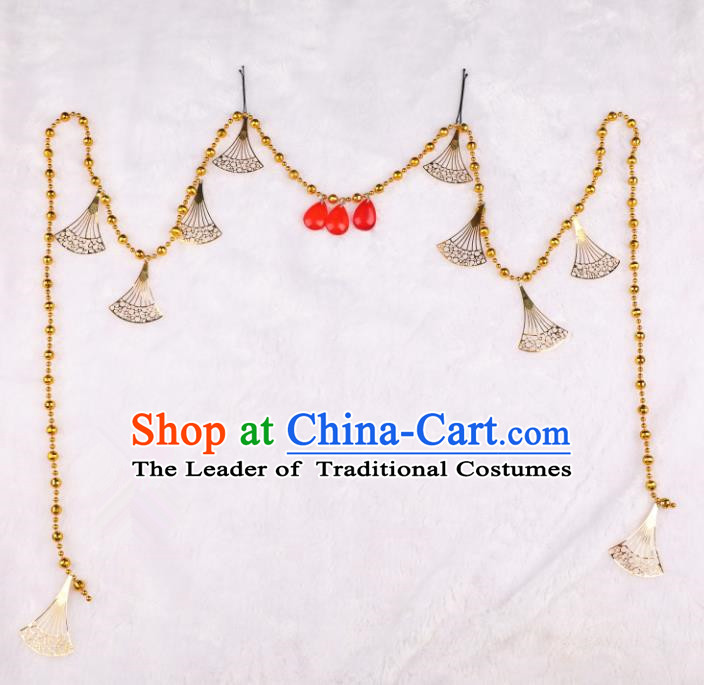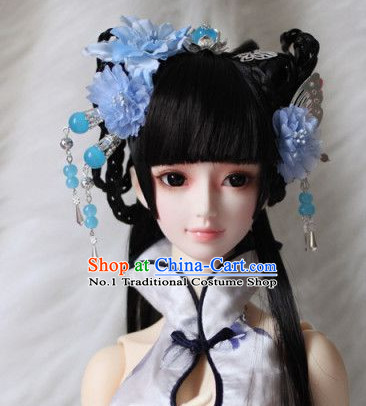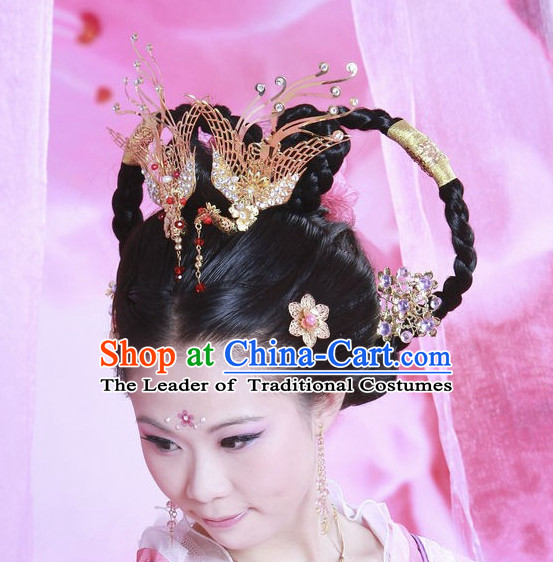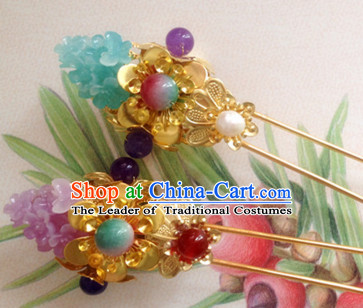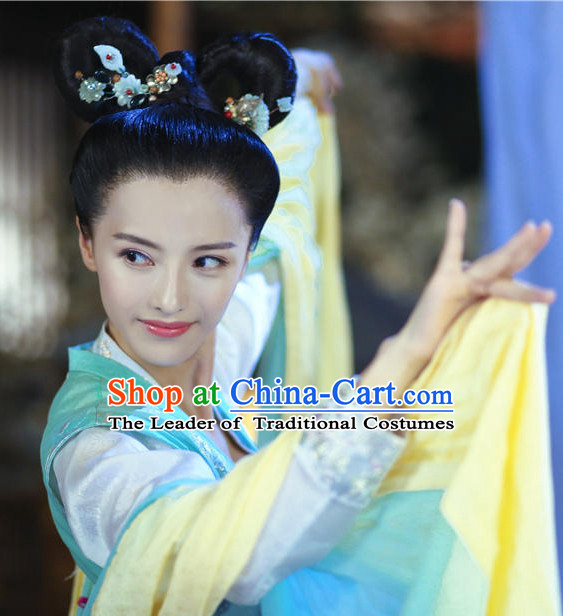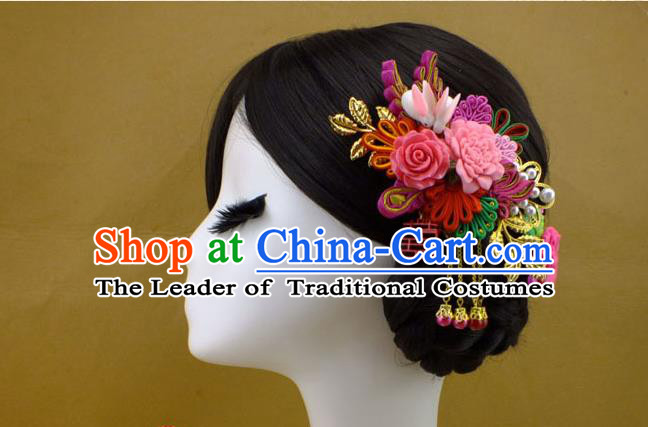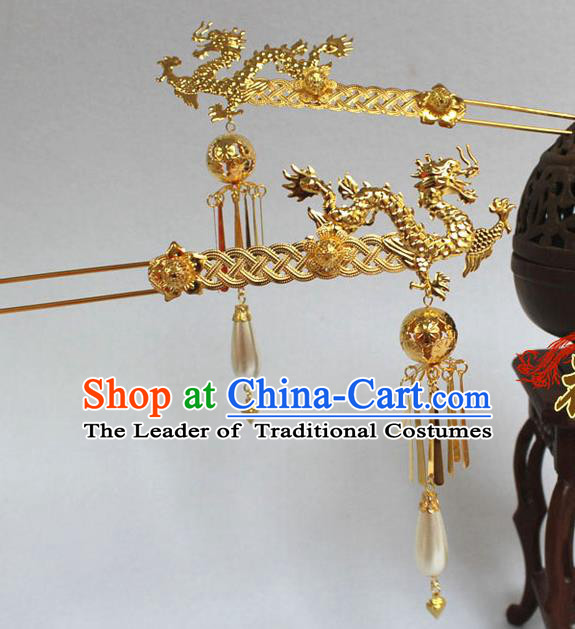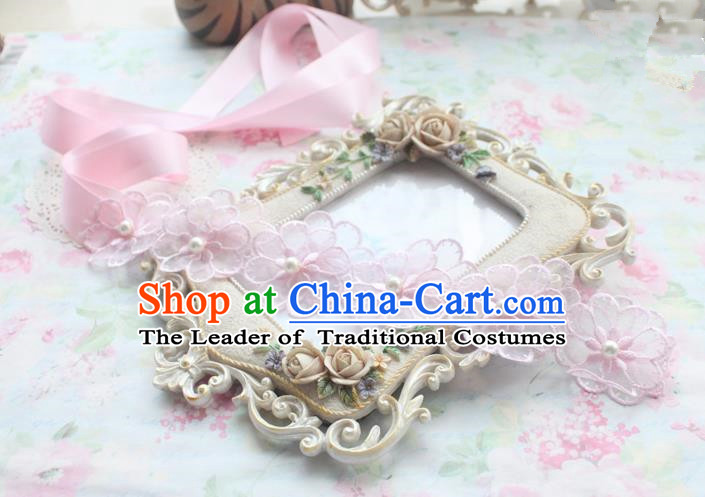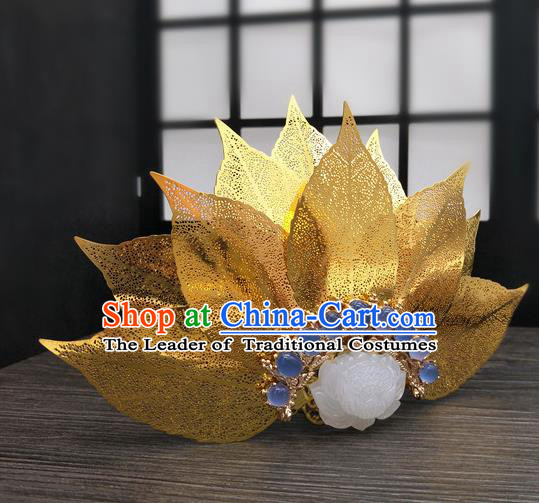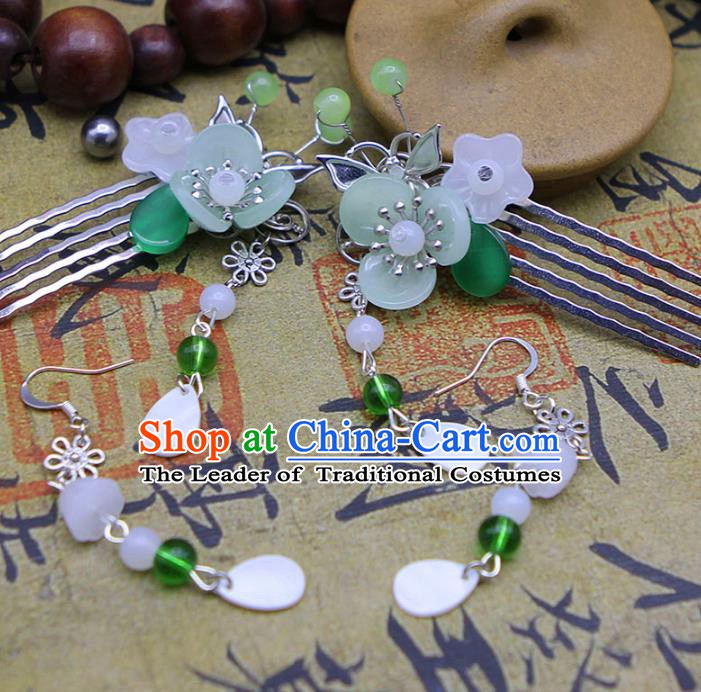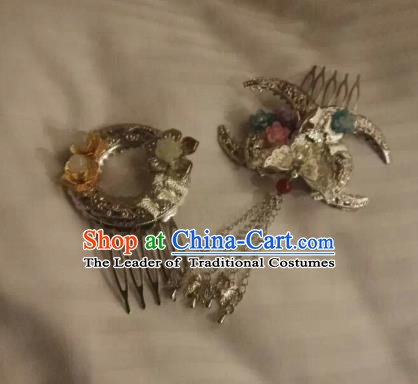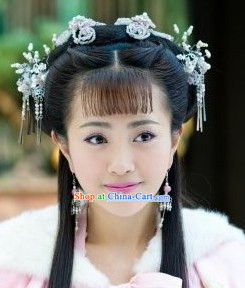
Click Related Pictures for More Audios:
These ancient Chinese princess hair accessories, with their exquisite designs and unique styles, showcase the charm of ancient Chinese culture.
They not only have practical functions such as fixing hairstyles or decorating the head, but also carry rich historical significance and cultural connotations.
These hair accessories are usually made of materials such as silk, gold and silver threads, beads, etc.
, with bright colors and a sense of hierarchy.
Their shapes vary, some are round, square or triangular, while others present complex geometric patterns.
These hair accessories were particularly common in ancient palaces, as they were symbols of the status and identity of royal members.
The history of these hair accessories can be traced back to around 1600 BC during the Shang Dynasty, when hair accessories were mainly made of metal.
Over time, the materials used for hair accessories became increasingly diverse, including jade, pearls, emeralds, etc.
In the Han Dynasty, hair accessories began to use silk as the main material and reached their peak in the Tang Dynasty.
Tang Dynasty hair accessories were designed intricately and exquisitely, with superb craftsmanship, and were praised as "Tang Style".
In addition to their practicality, these hair accessories also have high artistic value.
They demonstrate the superb skills and pursuit of beauty of ancient Chinese craftsmen.
Many hair accessories are also inlaid with various gems and jewelry, such as red agate, green turquoise, sapphire, etc.
The colors of these gems form a sharp contrast with the hair accessories themselves, making them even more eye-catching.
In summary, these ancient Chinese princess hair accessories are an important part of ancient Chinese culture.
They not only have practical functions but also carry rich historical significance and cultural connotations.
By appreciating these hair accessories, we can better understand the customs and aesthetic concepts of ancient Chinese society.
